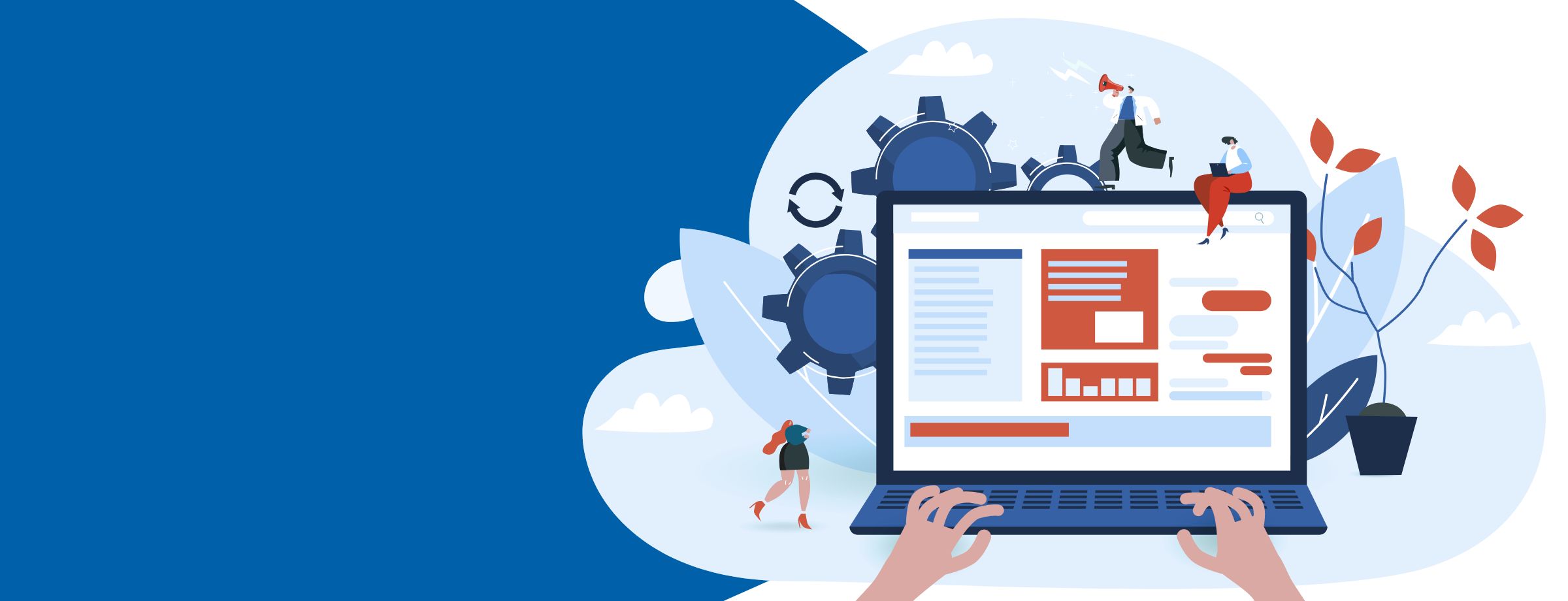So you want your IT provider business to become a Microsoft Cloud Solutions Provider (CSP), but you’re not sure which variation of the program is best for you. That choice of partnership, between direct (formerly called Tier 1) and indirect (Tier 2), will have major implications for your managed service provider (MSP) or value-added reseller (VAR) business down the road. It’s worth putting in the research now to make the right strategic decision!
Selling cloud services is a smart decision in 2020. While IT spending is expected to drop overall through the rest of the year, spending on cloud services is surging. To support that growth, many business owners think working directly with Microsoft is always the best choice by default. Put bluntly: that’s a myth. For providers of all sizes, going Indirect can be a much more lucrative arrangement for procuring cloud services.
So when is going direct a good idea and when is indirect better? Let’s go through what you need to know to make the right strategic choice for your business.
Direct vs Indirect Microsoft CSP: what’s the difference?
Microsoft is constantly evolving how you purchase from their business catalog. But to transact through their CSP program you’ll need to either purchase directly through Microsoft or indirectly through a partner, like Sherweb. But is that the only real difference? And what are the benefits of going each route?
Direct CSP partnerships
Providers with a direct CSP partnership directly purchase product and services—Stock Keeping Units (SKUs), for short—from Microsoft. But doing that isn’t as simple as just creating a new user account and getting to work. Microsoft enforces a hefty set of requirements for entering into a direct partnership, including:
- An active Microsoft Partner Network (MPN) ID
- A full endorsement for your business, which means the full legal authority to enter into binding contacts on behalf of the organization
- The ability to offer 24/7 first-level support to your customers
- Passing business credit check
- An active Microsoft support plan; the options are either Advanced Support for Partners (ASfP) or the Premier Support for Partners (PSfP)
- Offering at least one “managed service, IP service, or customer solution application”
- Your own billing and provisioning infrastructure in place to manage all customer transactions
In our experience, completing this application process takes about four months. As you can see, the barrier to entry is quite high! Entering into a direct partnership with Microsoft is only going to make sense if you know ahead of time that you’re going to recoup the sunk costs from the application process in new sales revenue.
Indirect CSP partnerships
Indirect partnerships offer more flexibility plus a lower barrier to entry. They’re also easier to start up quickly, since there’s no complicated approval process to sort out with Microsoft.
If there are opportunities in your local market that you can take advantage of right now, then quickly spinning up an indirect CSP partnership will allow you to lock those opportunities in before the competition scoops them up. The value of fast startups shouldn’t be underestimated! Strategically reinvesting the revenue you generate today can create a significant competitive advantage in the long run.
In an indirect partnership you sell the same Microsoft SKUs available through a direct partnership, and you can offer your own value-added services on top. You can still set your own profit margins. You also get to leverage the infrastructure, support and expertise of your indirect partner.
For example, you may have a useful Azure app you’ve developed for a niche market that you want to offer as a value-add, but you have no in-house expertise for migrating customers on other platforms to Azure. An indirect partner like Sherweb could offer migration assistance as a service so you can focus on your new business relationship and app development. This is how partner services help everyone.
How do you know which partnership is for you?
Microsoft revised their direct partnership requirements a few years ago. Ever since, it has been much harder for providers to figure out whether it makes sense to go direct or indirect. Because of the new upfront costs incurred with becoming a direct partner, it’s important to understand that there’s a tipping point in revenue; only if you go over it does it make sense to go direct.
As of 2020 that tipping point is $300,000 in Annual Recurring Revenue (ARR). But it’s a little more complicated than that. Direct CSPs get a 20% discount on Microsoft SKUs. Indirect CSPs get about a 15% discount, depending on which indirect provider you’re working with. Remember: to be a direct partner you also need to purchase an annual support plan. The least expensive is the ASfP which starts at $15,000 per year. This means that after discounts and support plans are factored in, an indirect CSP making $300,000 ARR will actually have the same final revenue as a direct CSP making $300,000.
In practice, however, we’ve seen that partners need to make at least $400,000 in ARR selling Microsoft products and services alone before going direct is advantageous. This is because there are other advantages you can gain as an indirect CSP—like leveraging support services, not having to run your own billing platform and getting access to partner incentives and promotions—that can easily equal an extra $100,000 in revenue that a direct CSP would need to generate on their own.
Microsoft estimates that starting as an indirect CSP is going to make sense for somewhere around 80% of all providers. Going indirect is a great way to offer high quality cloud services on day one, without needing in-house support and billing capabilities. You can easily scale those capabilities up over time as you reinvest your CSP profits into your business.
Why should you partner with Sherweb?
Working with Sherweb as your indirect CSP gives you a single point of contact for everything you need to manage your new Microsoft cloud clients. Sherweb analysts are experts at navigating the notoriously complex Microsoft ecosystem. Instead of spending all day hunting for the right license for a client, a Sherweb CSP advisor can easily help you find the SKUs that generate the most revenue. You’d be surprised—we regularly see licenses with only minor differences that can have up to a 5% difference in margin!
“Sherweb helps us navigate the Microsoft ecosystem in many different ways. Licensing is critical. Microsoft has a lot of grey areas. Their licensing documentation is not very good at all. And Sherweb is experts in all the licensing so we can reach out to them anytime.” —Scott Lowell, 3Points
Beyond working with an experienced CSP, Sherweb partners get access to our entire extended partner network. Combine complimentary skillsets on challenging projects with peers across North America, or just bounce ideas off one another to solve tricky problems; the opportunities for collaboration and innovation are boundless. Furthermore, Sherweb partners can also take advantage of our numerous value-added services, from business strategy to operational effectiveness to migration support.
For some providers out there, becoming a direct CSP will make sense. For many others, the indirect CSP partnership model is a good fit because of the limited startup requirements and the flexibility it offers. Add Sherweb’s robust partner network, expert support and value-added services, and you’ve got the perfect platform to generate long-term growth for your business. You’d be surprised by what you can achieve!




